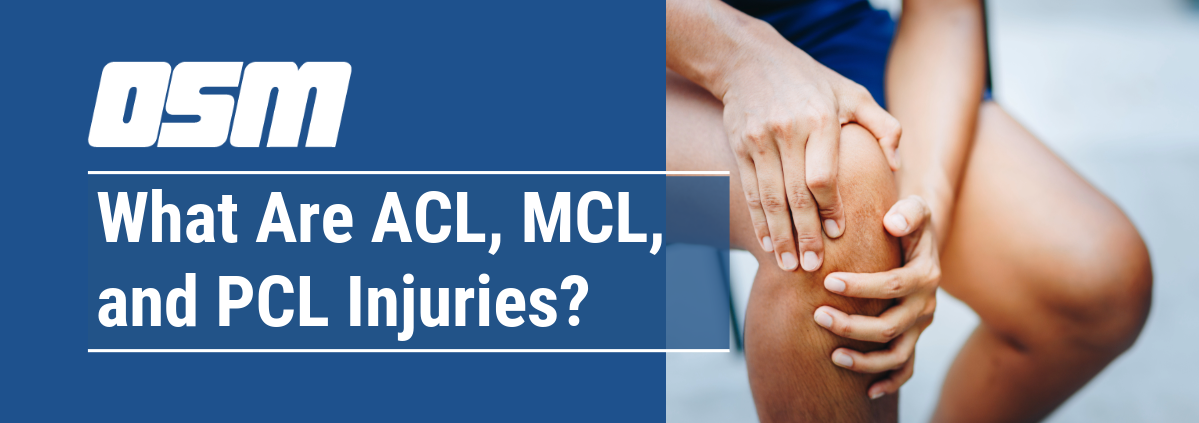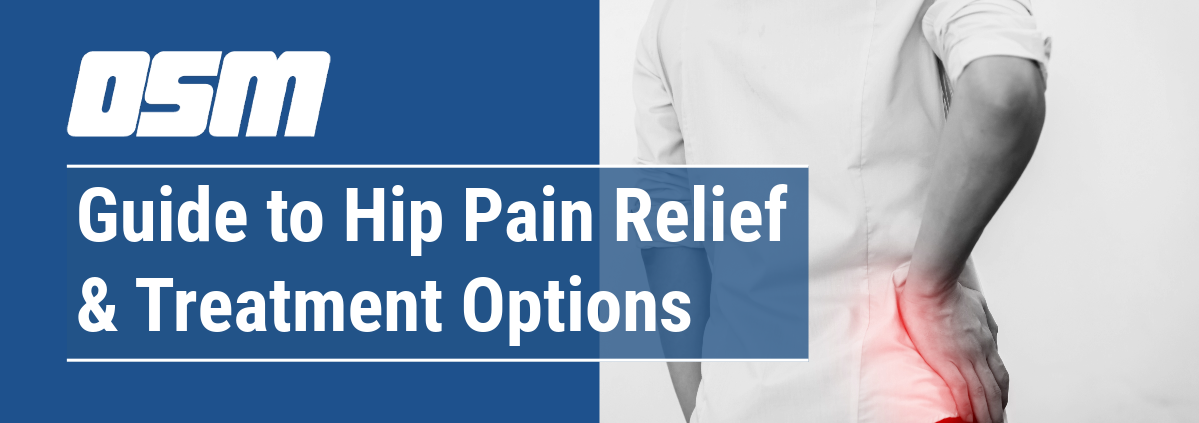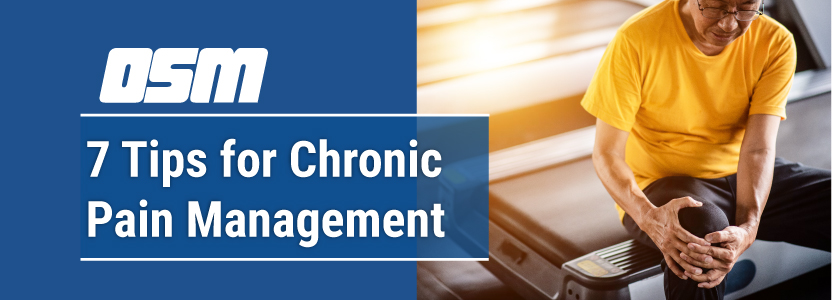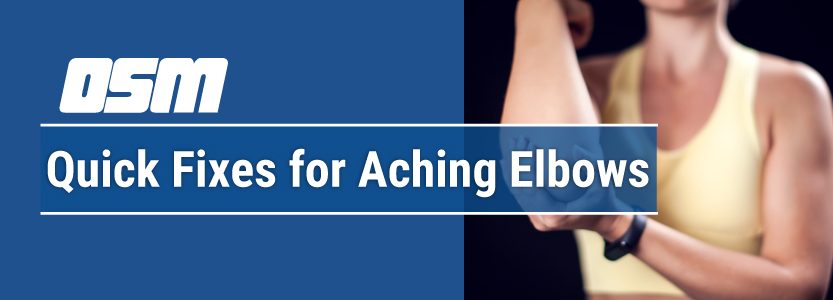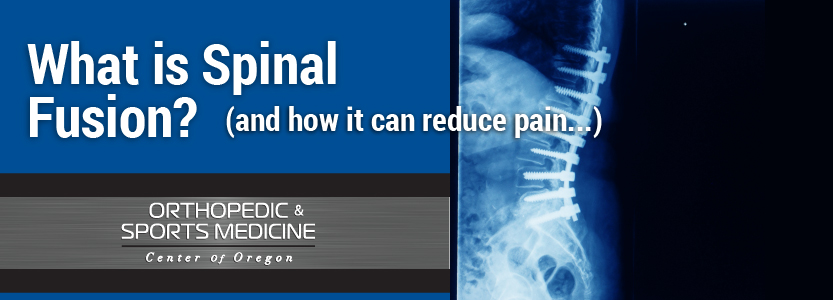Article featured on Healthline
If you could do one thing to improve your health, strength training should be at the top of your list. It involves using one or more muscle groups to perform a specific task, such as lifting a weight or squatting.
Due to the growing body of evidence supporting its many benefits, strength training has become a fundamental part of most exercise programs. If you’ve ever considered strength training, you may wonder how it will benefit your life.
This article shares 14 benefits of strength training.
What is strength training?
Strength training is also known as weight training, resistance training, and muscular training.
The general definition of strength training is any physical movement in which you use your body weight or equipment (e.g., dumbbells and resistance bands) to build muscle mass, strength, and endurance.
The main types of strength training include:
- Muscular hypertrophy. Also known as muscle building, this type of strength training uses moderate-to-heavy weights to stimulate muscle growth.
- Muscular endurance. This refers to your muscles’ ability to sustain exercise for a period of time. Training to increase muscular endurance usually involves high reps using light weights or body weight.
- Circuit training. During this form of full-body conditioning, you cycle through various exercises with little to no rest between them.
- Maximum muscular strength. This type of exercise involves low reps (usually 2–6) and heavy weights to improve your overall strength. It’s best reserved for experienced exercisers who have mastered their form.
- Explosive power. This training combines power and speed to improve your power output. It’s usually employed among trained athletes to improve their ability to perform explosive movements in their sport.
Most people focus on muscular endurance, circuit training, and muscular hypertrophy as part of their strength-training routine, while strength and power training are usually reserved for experienced athletes.
Depending on the type of strength training you choose to reach your goals, you can use various equipment (or none at all), such as:
- Body weight: using your own body weight and the force of gravity to perform various movements (e.g., pushups, squats, planks, pullups, and lunges)
- Free weights: equipment not bound to the floor or a machine, such as dumbbells, barbells, kettlebells, medicine balls, or objects around the house
- Resistance bands/loop bands: rubber bands that provide resistance when stretched
- Weight machines: machines with adjustable weights or hydraulics attached to provide resistance and stress to the muscles
- Suspension equipment: consists of ropes or straps that are anchored to a sturdy point in which a person uses their body weight and gravity to perform various exercises
Regardless of the type of strength training you perform, the goal is to put your muscles under tension to allow neuromuscular adaptations and stimulate muscle growth. With regular practice, your muscles will become stronger.
SUMMARY
Strength training is any type of exercise that involves your own body weight or equipment to build muscle mass, endurance, and strength. There are many types of strength training, such as bodyweight exercises, lifting weights, or circuit training.
14 benefits of strength training backed by science
There are many benefits to strength training that can improve your health.
1. Makes you stronger
Strength training helps you become stronger.
Gaining strength allows you to perform daily tasks much easier, such as carrying heavy groceries or running around with your kids.
Furthermore, it helps improve athletic performance in sports that require speed, power, and strength, and it may even support endurance athletes by preserving lean muscle mass.
2. Burns calories efficiently
Strength training helps boost your metabolism in two ways.
First, building muscle increases your metabolic rate. Muscles are more metabolically efficient than fat mass, allowing you to burn more calories at rest.
Second, research shows that your metabolic rate is increased up to 72 hours after strength-training exercise. This means that you’re still burning additional calories hours and even days after your workout.
3. Decreases abdominal fat
Fat stored around the abdomen, especially visceral fat, is associated with an increased risk of chronic diseases, including heart disease, nonalcoholic fatty liver disease, type 2 diabetes, and certain types of cancer.
Multiple studies have shown the benefit of strength-training exercises for reducing abdominal and total body fat.
4. Can help you appear leaner
As you build more muscle and lose fat, you will appear leaner.
This is because muscle is more dense than fat, meaning it takes up less space on your body pound for pound. Therefore, you may lose inches off of your waist even if you don’t see a change in the number on the scale.
Also, losing body fat and building stronger and larger muscles showcases more muscle definition, creating a stronger and leaner appearance.
5. Decreases your risk of falls
Strength training lowers your risk of falls, as you’re better able to support your body.
In fact, one review including 23,407 adults over the age of 60 showed a 34% reduction in falls among those who participated in a well-rounded exercise program that included balance exercises and resistance and functional training.
Fortunately, many forms of strength training have been shown to be effective, such as tai chi, weight training, and resistance band and bodyweight exercises.
6. Lowers your risk of injury
Including strength training in your exercise routine may reduce your risk of injury.
Strength training helps improve the strength, range of motion, and mobility of your muscles, ligaments, and tendons. This can reinforce strength around major joints like your knees, hips, and ankles to provide additional protection against injury.
What’s more, strength training can help correct muscular imbalances. For example, having a stronger core, hamstrings, and glutes takes the load off of your lower back during lifting, decreasing your risk of lower-back injuries.
Finally, adult and teenage athletes that engage in strength training have a lower likelihood of injury.
In fact, one review including 7,738 athletes found strength-training programs reduced the risk of injury by 33%. It was found to lower the risk of injury in a dose-dependent manner, meaning for every 10% increase in strength-training volume, there was a 4% reduced risk of injury.
7. Improves heart health
Multiple studies have shown that regular strength-training exercise can decrease blood pressure, lower total and LDL (bad) cholesterol, and improve blood circulation by strengthening the heart and blood vessels.
Strength training also can help you maintain a healthy body weight and manage your blood sugar levels. High blood sugar levels are a major risk factor for heart disease.
8. Helps manage your blood sugar levels
Strength training may lower your risk of developing diabetes and can help those with the condition manage it better.
Skeletal muscle helps increase insulin sensitivity. It also reduces blood sugar levels by removing glucose from the blood and sending it to muscle cells. As a result, greater muscle mass can help improve blood sugar management.
Strength training may also reduce your risk of developing diabetes. One study following 35,754 women for an average of 10 years showed a 30% reduced risk of developing type 2 diabetes among those who engaged in strength training compared with those who did not.
9. Promotes greater mobility and flexibility
Contrary to popular belief, strength training can make you more flexible.
Strength training increases joint range of motion (ROM), allowing for greater mobility and flexibility. Plus, those with weaker muscles tend to have lower ROM and flexibility.
In fact, a recent review comparing stretching with strength training found they were equally effective at increasing ROM.
For best results, ensure you’re completing the full ROM of an exercise — in other words, utilize your full movement potential around a joint. For example, lower yourself into a squat as far as you’re able to go without compromising your form.
10. Boosts your self-esteem
Strength training can add a major boost to your self-confidence.
It helps you overcome challenges, work toward a goal, and appreciate your body’s strength. In particular, it can increase your self-efficacy — the belief that you’re able to succeed at or perform a task — which can greatly improve your confidence.
In fact, one review of 7 studies in youth ages 10–16 years observed a significant association between strength training and high self-esteem, physical strength, and physical self-worth.
Additionally, a systematic review that studied 754 adults showed a significant link between strength training and positive body image, including body satisfaction, appearance, and social physique anxiety (the perception of judgment from others).
11. Makes your bones stronger
Strength training is crucial for bone development.
Weight-bearing exercises put temporary stress on your bones, sending a message to bone-building cells to take action and rebuild bones stronger. Having strong bones reduces your risk of osteoporosis, fractures, and falls, especially as you age.
Fortunately, you can reap the bone-strengthening benefits of strength training at any age.
12. Boosts your mood
Regular weight training may boost your mood and improve your mental health.
Multiple studies have shown that strength training may reduce anxiety and boost your mood.
Strength training confers multiple benefits to mood regulation, such as increased self-esteem and self-efficacy. What’s more, exercise promotes the release of mood-boosting endorphins, which can play a role in a positive mood.
13. Improves brain health
Those who engage in strength training may have better brain health and protection against age-related cognitive decline.
Multiple studies in older adults have pointed to significant improvements in cognitive function (e.g., processing speed, memory, and executive function) after participating in strength training, compared with those who did not participate in it.
It’s thought that resistance training has many neuroprotective effects, such as improved blood flow, reduced inflammation, and an increased expression of brain-derived neurotrophic factor (BDNF), which is linked to memory and learning.
14. Promotes a better quality of life
Strength training may increase your quality of life, especially as you age.
Numerous studies have linked strength training to increased health-related quality of life, defined as a person’s perceived physical and mental well-being.
In fact, one review of 16 studies including adults ages 50 years and older showed a significant correlation between resistance training and better mental health, physical functioning, pain management, general health, and vitality.
What’s more, strength training may improve quality of life in those with arthritis. One review of 32 studies showed strength training significantly improved scores in pain and physical functioning.
SUMMARY
Strength training provides many benefits, such as a lower risk of chronic disease, better self-esteem, and a reduced risk of injury and falls.
The Orthopedic & Sports Medicine Center of Oregon is an award-winning, board-certified orthopedic group located in downtown Portland Oregon. We utilize both surgical and nonsurgical means to treat musculoskeletal trauma, spine diseases, sports injuries, degenerative diseases, infections, tumors and congenital disorders.
Our mission is to return our patients back to pain-free mobility and full strength as quickly and painlessly as possible using both surgical and non-surgical orthopedic procedures.
Our expert physicians provide leading-edge, comprehensive care in the diagnosis and treatment of orthopedic conditions, including total joint replacement and sports medicine. We apply the latest state-of-the-art techniques in order to return our patients to their active lifestyle.
If you’re looking for compassionate, expert orthopedic surgeons in Portland Oregon, contact OSM today.
Phone:
503-224-8399
Address
17355 Lower Boones Ferry Rd Suite 100A
Lake Oswego, OR 97035
Hours
Monday–Friday

